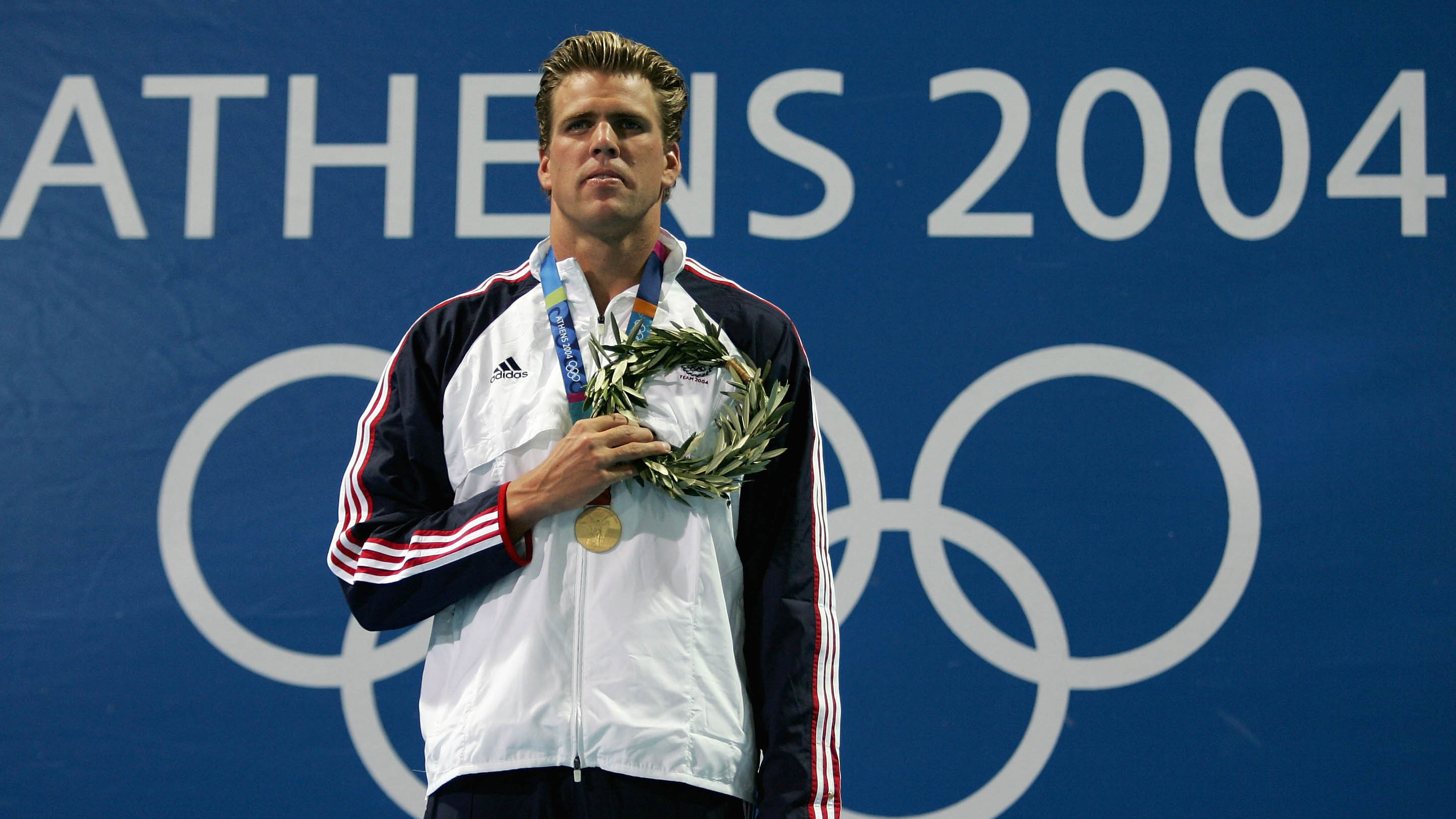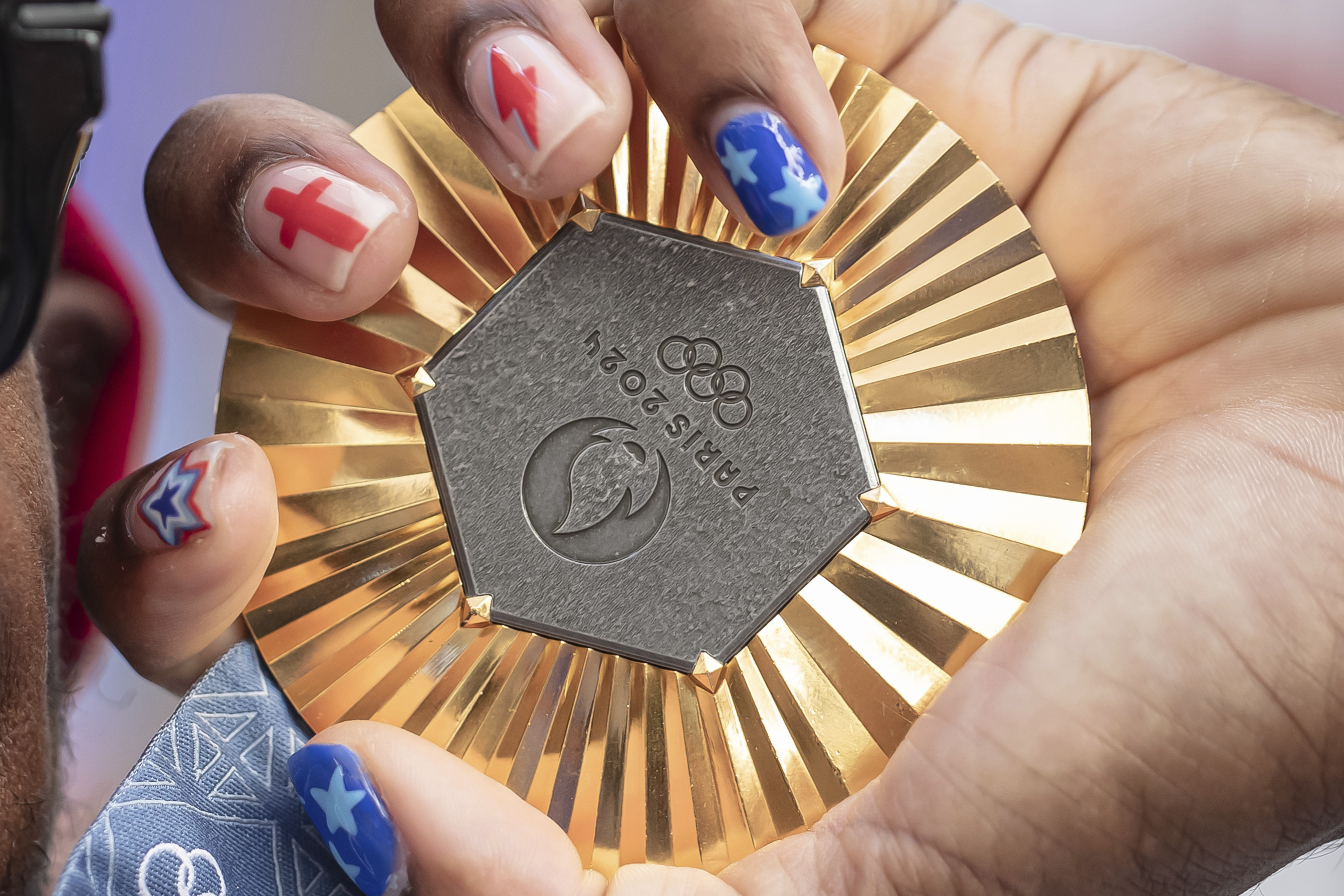Last month, Parisians threatened to poop in the Seine — "because after putting us in s***, it's their turn to bathe in our s***," according to the movement's website.
The river has long been known for its poor-quality water. Wastewater flowed directly into the Seine when water levels were high, until the sewage system was upgraded in a $1.5 billion project ahead of the Olympics.
WATCH ANYTIME FOR FREE
Stream NBC10 Boston news for free, 24/7, wherever you are. |
Placing more than 10,000 athletes in one living space has certainly increased the wastewater flowing out of the suburb of Saint-Denis, and it raises a question that the Parisian protest called to mind in June: Is it really safe for swimmers to take a dip in the Seine?
Benjamin Raigneau, the director of sanitation and water for Paris, says it is.
Get updates on what's happening in Boston to your inbox. Sign up for our News Headlines newsletter.
"At the moment, with the investment we've done, the sewage system is at the top of its performance," Raigneau said. "From the beginning of July, 80% of the time, the Seine was swimmable."
The other 20% occurs when it rains, leading the 170-year-old sewage system to overflow and the tunnels to flood. Flooding occurs about 10 times per year during thunderstorms, according to Raigneau.
While overflow used to go right into the Seine, it is now directed into a giant underground basin that can hold 20 Olympic swimming pools' worth of water. That wastewater is then gradually released in a controlled process.
Paris 2024 Summer Olympics and Paralympics
Watch all the action from the Paris Olympic and Paralympic Games live on Peacock
To accommodate the thousands of athletes in the Olympic Village, Paris more than doubled the size of the pipes running water to and from the village. Four miles of new pipeline was built, and 0.8 miles of existing pipes in Saint-Denis were reconstructed.
There is no risk of pollution by the sewage water from the village, according to Raigneau, who added that it may actually be "one of the most sustainable villages that have been made."




